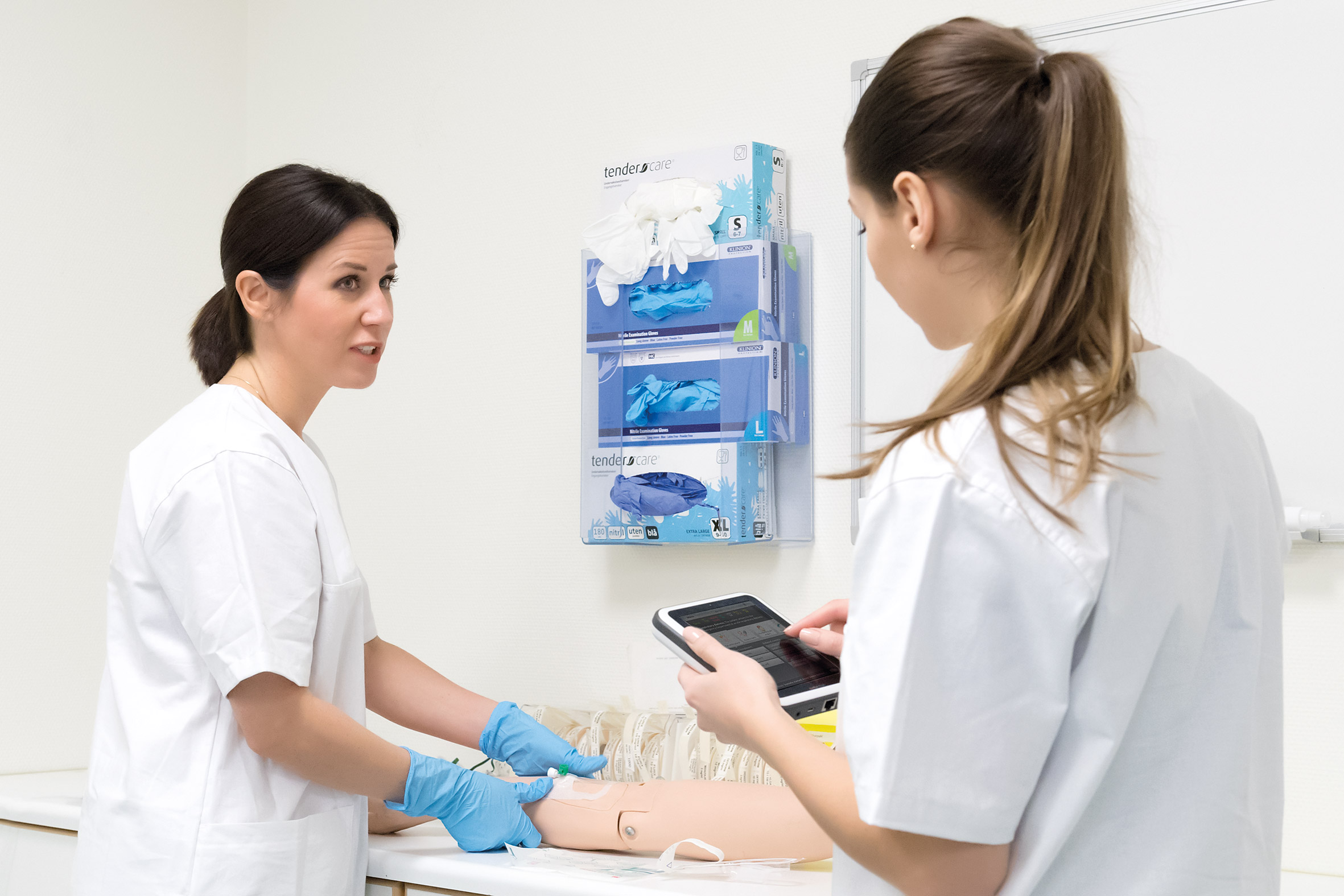In a typical lecture class, only 40% of learners are actively paying attention.1 70% of learners retain what they hear in the first 10 minutes of a lecture, and only 20% of learners retain what they hear during the last 10 minutes.2 For educators, this can be disheartening. For nursing programs, this poses a serious problem. Learners who need to graduate with life-saving skills and knowledge may not recall a large portion of the material.
“While we teach, we learn,” said the Roman philosopher Seneca. For thousands of years, education has continued to come back to this axiom. The success that educators have had by assigning learners to teach others is known as the Protégé Effect. And, in the context of using simulation to become competent in performing clinical tasks, it presents an ideal opportunity to take an old-school learning method and make it new-school today.
During peer-to-peer learning, the assigned teacher, the protégé, experiences a far greater motivation to learn, meaning that students generally make a greater effort to learn for those that they will teach than they do for themselves.3 And, there are benefits for the non-protégé as well. Learning becomes a social endeavor, as all students involved will engage with one another to collaboratively construct their understanding of material.4
In nursing schools, where there is an almost unanimous burden to do more with less, peer-to-peer learning has been an emerging trend. Peer-to-peer learning, sometimes referred to as peer teaching or peer mentoring, involves learners in a similar situation learning from and with each other through their interactions. In this article, we highlight how this educational approach can help you to more effectively train new nurses.




